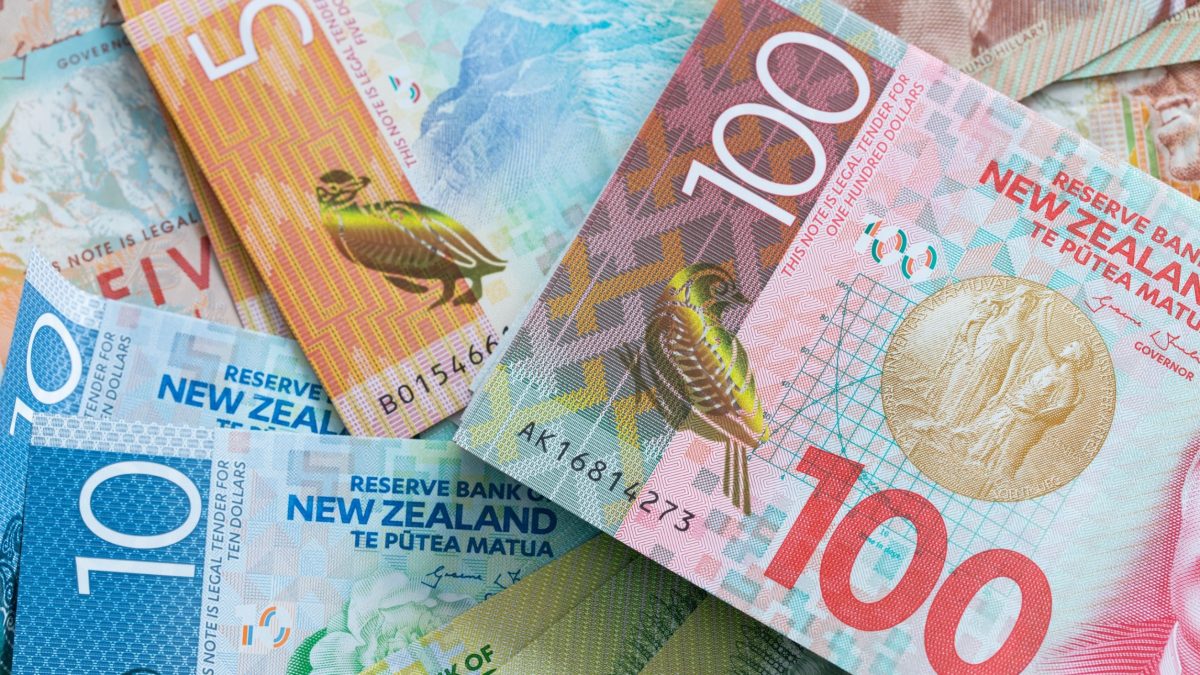The New Zealand dollar has dropped to its lowest value since August, driven by increased expectations of interest rate cuts in the country and growing apprehension regarding economic conditions in China.
On Wednesday, the kiwi fell by as much as 0.7% to 60.4 US cents, making it the worst-performing currency among developed markets this month.
This decline followed a report indicating a significant decrease in the annual inflation rate for the third quarter, which heightened speculation that the Reserve Bank of New Zealand (RBNZ) may adopt a more aggressive approach to easing monetary policy after recently implementing a half-percentage-point rate cut.
The currency’s decline is compounded by waning investor confidence in China, New Zealand’s primary trading partner.
The Chinese yuan, a key player in the regional foreign exchange market, also depreciated alongside mainland stocks this week, as Beijing’s fiscal stimulus measures failed to inspire investor confidence in the country’s economic recovery.
Imre Speizer, a strategist at Westpac Banking Corp in Auckland, told Bloomberg that the kiwi could dip below 60 US cents in the coming days due to widening interest rate differentials.
He indicated that if the RBNZ were to accelerate its rate cuts, the kiwi might even fall beneath 59 US cents.
To date, the kiwi has experienced a decline of over 4% this month, surpassing losses in all other Group-of-10 currencies.
The RBNZ is grappling with the challenge of rejuvenating an economy facing a potential second recession within two years, acknowledging that its previous tight monetary policy has negatively impacted economic activity.
In its latest meeting, the RBNZ accelerated the pace of rate cuts in response to rising unemployment, which has reached its highest level in over three years, alongside a prolonged downturn in house prices.
Recent data revealed that New Zealand’s annual inflation rate slowed to 2.2% in the third quarter, falling within the RBNZ’s target band for the first time in more than three years.
This prompted traders to briefly price in a greater than 40% likelihood that the central bank would implement a 75 basis point cut at its upcoming meeting on November 27, according to Bloomberg data.
In contrast, Bloomberg reported that traders have reduced expectations for a further half-percentage-point cut by the Federal Reserve, as the US economy continues to demonstrate surprising resilience.
This development makes the kiwi less attractive compared to the dollar, as the yield advantage over the greenback narrows.
Further undermining market confidence, the absence of a robust and detailed fiscal stimulus plan from China has raised concerns about the outlook for the world’s second-largest economy.
A slowdown in China could have repercussions for New Zealand, which is a significant exporter of consumer goods, particularly dairy products, to the Chinese market, according to Stats NZ data.
As discussions about a potential 75 basis point cut in New Zealand intensify, David Croy, a rates strategist at ANZ Group Holdings Ltd, told Bloomberg that the market anticipates the RBNZ will be proactive and unafraid to make bold moves.
He cautioned that amid speculation about a slower easing pace from the Fed, this scenario poses additional downside risks for the kiwi.
The post New Zealand dollar falls as rate cut bets rise amid China concerns appeared first on Invezz

